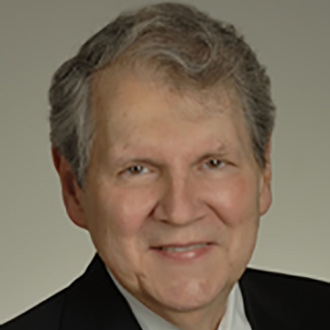
Dear Colleagues:
In July 2012, I wrote about our new use of social media tools to help spread the word about research conducted and supported by NIAMS. At that time, our social media efforts were still in their infancy, but they have grown up fast! We continue to post daily updates and tweets about our publications, scientific advances, and other news stories. We also maintain a strong social media presence at conferences and scientific meetings.
NIAMS serves a diverse audience that is affected by a multitude of conditions and health concerns, so it is vital that we cast a wide net to reach as many people as possible with our health information and research news. Now that we have an established social media presence, we are exploring a variety of social media techniques and tools to reach and engage with more people.
One promising option is the Twitter chat, which has become a powerful communication tool for many Federal agencies. Our Twitter chat on the Patient Reported Outcomes Measurement Information System (PROMIS) program reached more than 300,000 Twitter users in just one hour. This past January, we participated in a PBS News Hour chat on arthritis along with other Federal agencies and NIAMS Coalition members. This one chat alone resulted in more than 52 million views from Twitter users. Recognizing the extensive reach and influence of Twitter, NIAMS intends to continue participating in other chats when opportunities arise.
Our social media presence has also been integral in our efforts to reach multicultural communities, many of whom are disproportionately affected by diseases of the bones, joints, muscles, and skin. Our multicultural 2014 A Year of Health planners were promoted via social media, ensuring that they reached the people for whom they were intended. Widespread sharing of our posts about the planners helped us to distribute all of them in a very short period of time. This promotion demonstrated the power of social media to reach audiences that are often isolated and can be difficult to contact by other means.
Lay audiences are not the only ones who engage with social media. Researchers also can keep up-to-date on what our Intramural Research Program (IRP) is doing by following the IRP’s Facebook page. Our researchers report on findings published in major peer-reviewed journals, highlighting the research that takes place on the NIH campus. The NIAMS Rheumatology Fellowship Training Program also engages with colleagues via its Facebook page and Twitter feed.
Readers also should consider following the NIH Director’s Blog, where NIH Director Francis Collins, M.D., Ph.D., highlights influential scientific progress on a weekly basis. Several NIAMS-related advances have been featured on Dr. Collins’ blog, including the research that led to the development of a new drug for rheumatoid arthritis, clinical studies that resulted in an effective treatment for children with a severe autoinflammatory disease, an investigation into the best methods for treating adolescent scoliosis, and research on a method for growing muscle bundles in the lab, which may lead to better ways for repairing localized injuries.
I encourage all of you to follow NIAMS on Facebook and Twitter, and to share our messages with your followers.
Stephen I. Katz, M.D., Ph.D.
Director
National Institute of Arthritis and Musculoskeletal and Skin Diseases
National Institutes of Health
